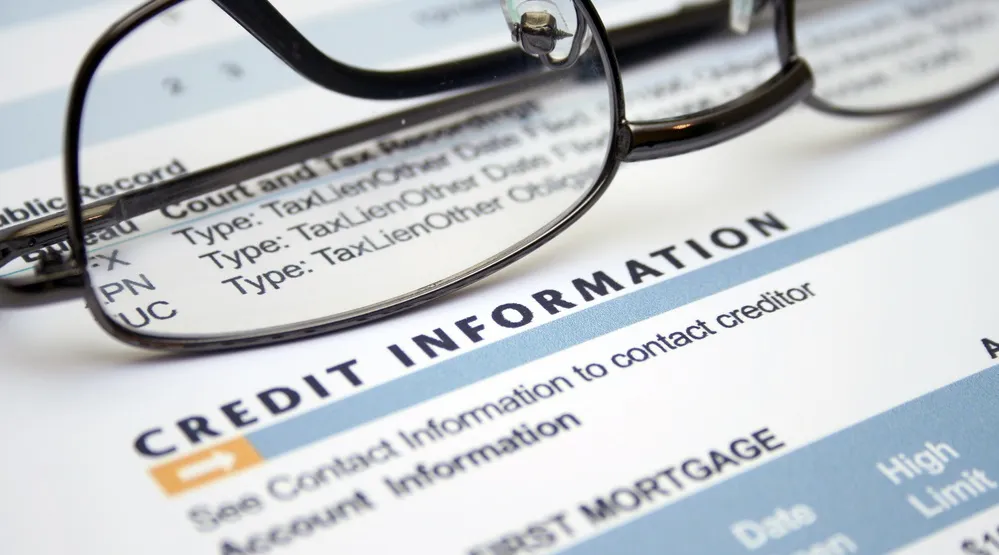Furniture Shopping Lifeline: How Finance Pros Are Helping Consumers Beat Economic Uncertainty

In the wake of economic uncertainties and persistent market challenges, consumers are approaching big-ticket discretionary purchases with increased caution. Home furnishings, once a vibrant sector of retail spending, now face a more hesitant market as shoppers carefully weigh their spending decisions against lingering financial concerns and economic headlines.
The combination of last year's economic headwinds and this year's ongoing financial narratives has created a more conservative consumer landscape. Potential buyers are taking a more measured approach to home decor and furniture investments, carefully evaluating each purchase against their broader financial priorities and economic outlook.
As retailers and manufacturers navigate this nuanced market, they must find innovative ways to attract and reassure consumers, demonstrating value, quality, and long-term investment potential in their home furnishing offerings.

